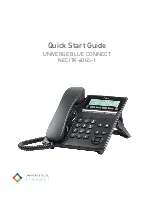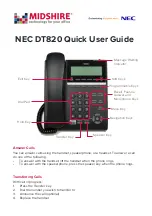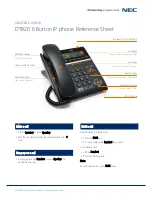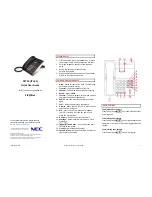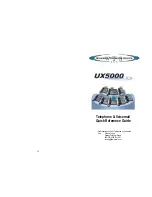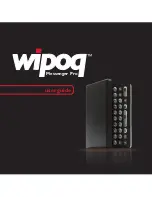
대외비
Health and safety information
Exposure to Radio Frequency (RF) Signals
Certification Information (SAR)
Your wireless phone is a radio transmitter and receiver. It is designed and
manufactured not to exceed the exposure limits for radio frequency (RF) energy set
by the Federal Communications Commission (FCC) of the U.S. government. These
FCC exposure limits are derived from the recommendations of two expert
organizations, the National Counsel on Radiation Protection and Measurement
(NCRP) and the Institute of Electrical and Electronics Engineers (IEEE). In both
cases, the recommendations were developed by scientific and engineering experts
drawn from industry, government, and academia after extensive reviews of the
scientific literature related to the biological effects of RF energy.
The exposure limit set by the FCC for wireless mobile phones employs a unit of
measurement known as the Specific Absorption Rate (SAR). The SAR is a measure
of the rate of absorption of RF energy by the human body expressed in units of watts
per kilogram (W/kg). The FCC requires wireless phones to comply with a safety limit
of 1.6 watts per kilogram (1.6 W/ kg). The FCC exposure limit incorporates a
substantial margin of safety to give additional protection to the public and to account
for any variations in measurements.
SAR tests are conducted using standard operating positions accepted by the FCC
with the phone transmitting at its highest certified power level in all tested frequency
bands. Although the SAR is determined at the highest certified power
level, the
actual SAR level of the phone while operating can be well below the maximum value.
This is because the phone is designed to operate at multiple power levels so as to
use only the power required to reach the network. In general, the closer you are to a
wireless base station antenna, the lower the power output.
Before a new model phone is available for sale to the public, it must be tested and
certified to the FCC that it does not exceed the exposure limit established by the
FCC. Tests for each mo
del phone are performed in positions and locations (e.g. at
the ear and worn on the body) as required by the FCC.
For body worn minimum separation distance is 15mm. To cover both body
-
worn and
hotspot RF exposure conditions testing was performed at a separation distance of
10mm. For typical operations, this mobile device has been tested and meets FCC
SAR guidelines. Use of other accessories may not ensure compliance with FCC RF
exposure guidelines. The FCC has granted an Equipment Authorization for this
mobile device with all reported SAR levels evaluated as in compliance with the FCC
RF exposure guidelines.
SAR information on this and other model phones can be viewed on
-
line at
http://www.fcc.gov/oet/ea/fccid/
.
Please use the phone FCC ID number for search,
A3LSMA510
Y
.
Sometimes it may be necessary to remove the battery pack to
find the number. Once you have the FCC ID number for a particular phone, follow
the instructions on the website and it should provide values for typical or maximum
SAR for a particular phone. Additional product specific SAR information can also be
obtained at
http://www.fcc.gov/encyclopedia/specific-absorption-rate-sar-cellular-telephones
























